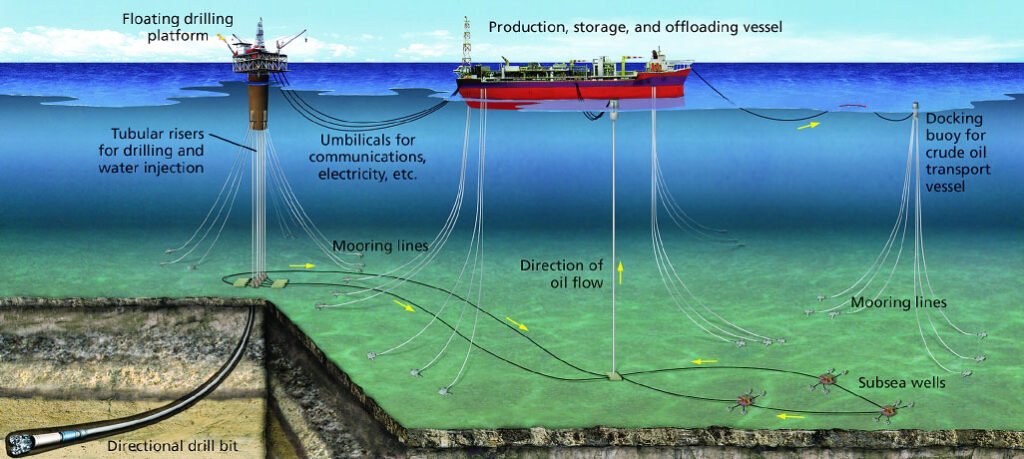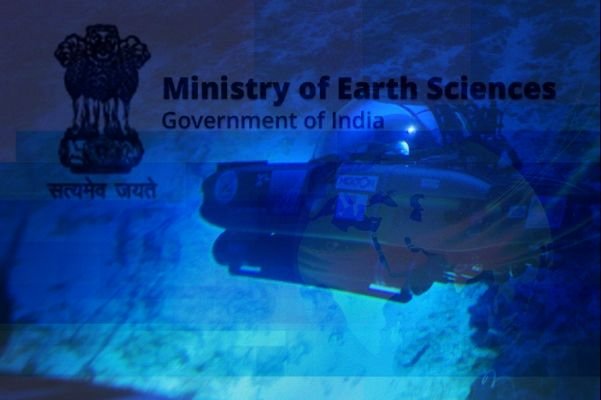Marine minerals from coastal and ocean sources will be critical to the future Indian economy, and metals such as nickel and cobalt will be critical in supporting renewable energy technology.
India is presently intensively investigating the vast ocean floor in order to fulfill the country’s future energy and metal requirements. The Union Cabinet has authorized the long-awaited “Deep Ocean Mission,” which will include the development of a submersible vehicle capable of plunging 6,000 metres into the ocean and searching for rich metals on the ocean floor.

If this is successful, India will join a select group of countries capable of launching an underwater expedition to such depths.
The mission, which has been in the works since 2018, is projected to cost Rs 4,077 crore over the next five years. The anticipated cost of the three-year first phase (2021-2024) is 2,823.4 crore. The Ministry of Earth Sciences (MoES) will serve as the nodal ministry responsible for the implementation of this multi-institutional project.

The Deep Ocean Mission is composed of the six key components listed below:
- Development of Deep Sea Mining Technologies and Manned Submersibles
- Establishment of Advisory Services for Ocean Climate Change
- Technological advancements for deep-sea biodiversity investigation and conservation
- Survey and Exploration of the Deep Ocean
- Detailed technical design for an offshore desalination plant driven by Ocean Thermal Energy Conversion (OTEC)
- Translation of research into industry application and product development

India has been granted a 75,000-square-kilometer tract in the Central Indian Ocean Basin (CIOB) by the United Nations International Seabed Authority for the purpose of exploiting polymetallic nodules (PMN). These are seafloor rocks that include iron, manganese, nickel, and cobalt. Possessing a portion of such stockpile would suffice to cover India’s energy needs for the next 100 years.
Reference- The Hindu, Business Standard, Economic Times, Press Information Bureau






